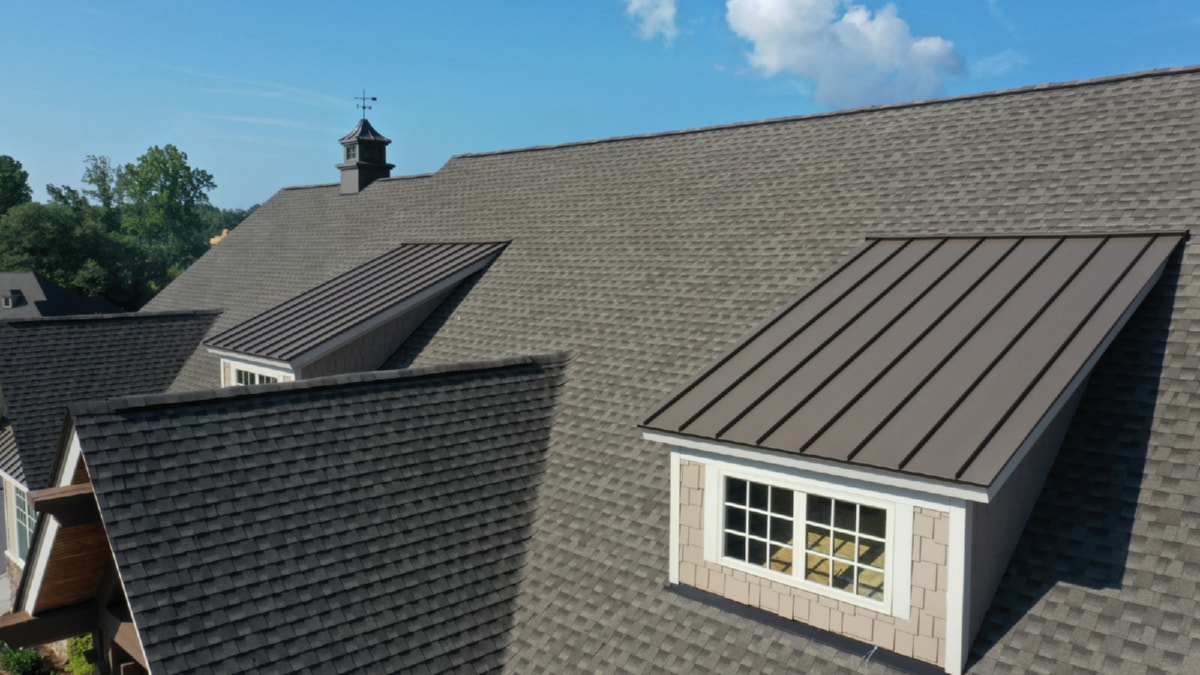The construction industry, like many others, is undergoing a major transformation as advanced technology begins to influence modern building practices. The integration of cutting-edge tools and techniques has prompted a paradigm shift in the way buildings are designed, constructed, and maintained. This article will explore the impact of such technological advancements on modern construction practices.
One of the most significant technological advancements in construction has been Building Information Modelling (BIM). BIM software enables the creation of 3D models of buildings, making it easier for architects, engineers, and construction professionals to visualise the finished product. It also allows for improved collaboration, as changes made by one professional are immediately visible to all other parties involved. This not only saves time but also reduces the possibility of costly errors.
The use of drones, or Unmanned Aerial Vehicles (UAVs), has also had a profound impact on the construction industry. Drones can be used to survey a construction site quickly and accurately, gathering data that would have taken a human worker much longer to collect. This information can be used to create detailed site maps, monitor progress, and identify potential hazards. Furthermore, drones can also access difficult-to-reach areas, making inspections safer and more efficient.
Virtual Reality (VR) and Augmented Reality (AR) technologies have also found their place in the construction industry. VR allows architects and designers to create immersive 3D models that clients can explore before construction begins. This aids in ensuring customer satisfaction and reduces the need for expensive changes later in the process. AR, on the other hand, overlays digital information onto the physical world, providing construction workers with real-time data to improve accuracy and productivity.
The advent of 3D printing technology is also reforming construction practices. With this technology, parts and even entire buildings can be created from digital models, saving time, reducing material waste, and increasing precision. 3D printing also opens up the possibility of creating complex architectural forms that would have been difficult or impossible to achieve with traditional construction methods.
Finally, the adoption of smart and sustainable technologies is shaping the future of construction. Smart buildings, equipped with automated systems for lighting, heating, and air conditioning, among other things, can conserve energy and reduce environmental impact. Meanwhile, the use of renewable energy sources and sustainable materials in construction is also on the rise, propelled by growing awareness of environmental issues and stricter regulations.
In conclusion, the impact of advanced technology on modern construction practices is multifaceted and profound. From design and planning to construction and maintenance, every aspect of the industry is being transformed. As these technologies continue to evolve, we can expect to see even more changes in the construction industry, paving the way for smarter, safer, and more sustainable buildings.
For more details, check best masonry services or visit their business listing here.



